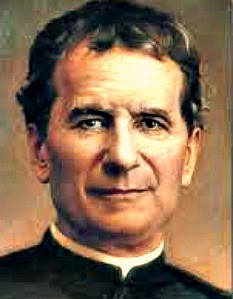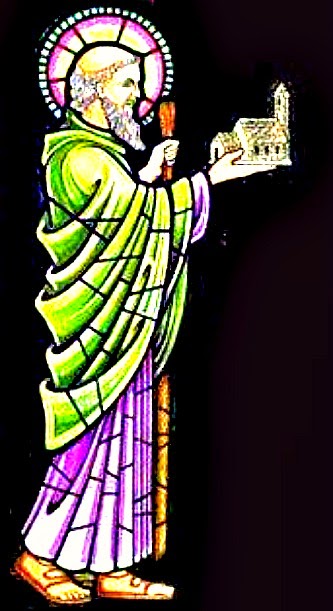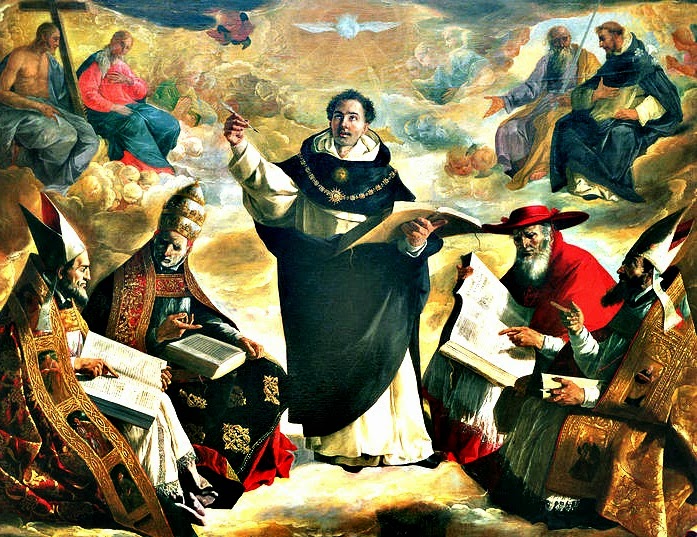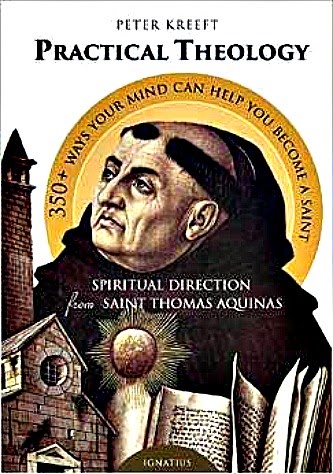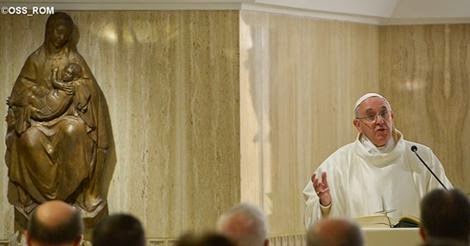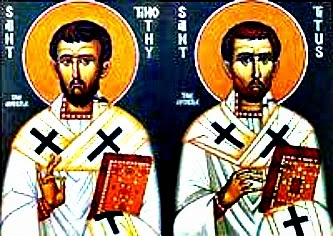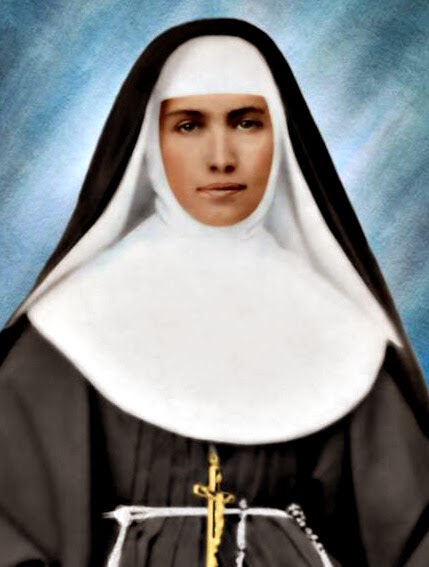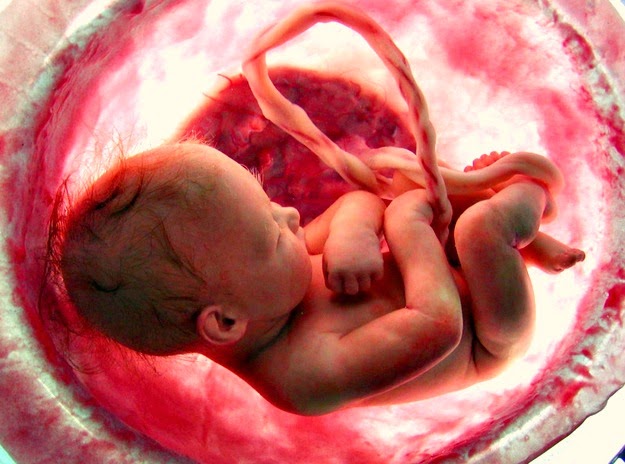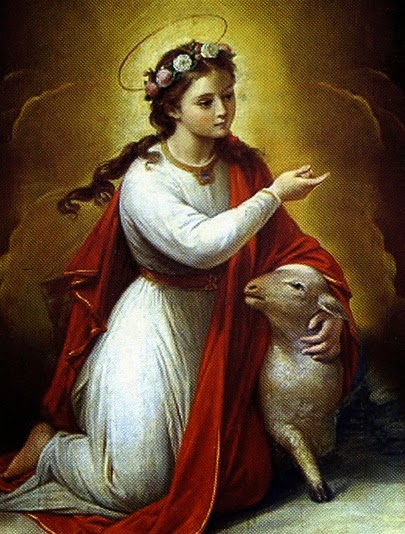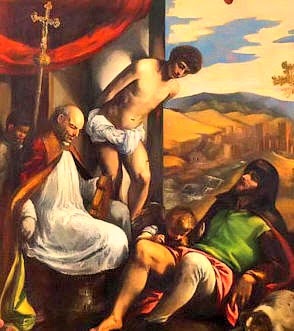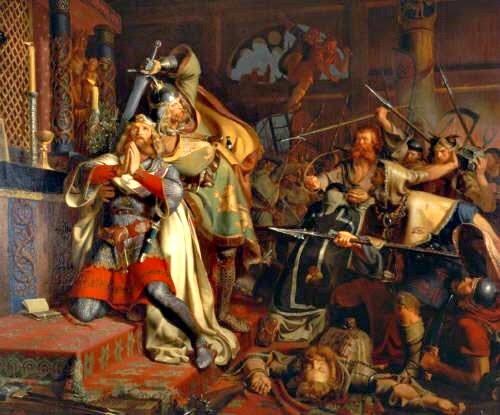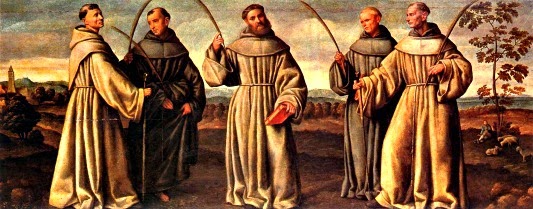7QT's: Art, Newman, Aquinas, and more
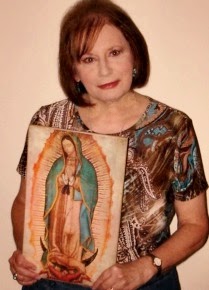
1. Art has always been fascinating to me, especially Catholic art. I have my own small collection of statues, paintings, crucifixes, and other objects of art. I also enjoy portrait sketching and painting myself (when I get a chance). Above is one example of a very old painting of Our Lady of Guadalupe that my mother gave me just before she entered into eternal life. Recently, I have become acquainted with a local artist, who is also a member of my parish. Born in the hill country near Trieste, Italy, to an Italian mother and American father, Rita Zaudke came to America when she was four years old. She has made many trips back to Italy since then. Inspired by the Italian people, the picturesque villages, and the elaborate architecture, she has produced a collection of beautiful paintings which reflect her love for the country. Take a look at her beautiful work HERE . 2. For three days this past week, we had record-breaking temperatures in the 70's, so I chose to exerc

